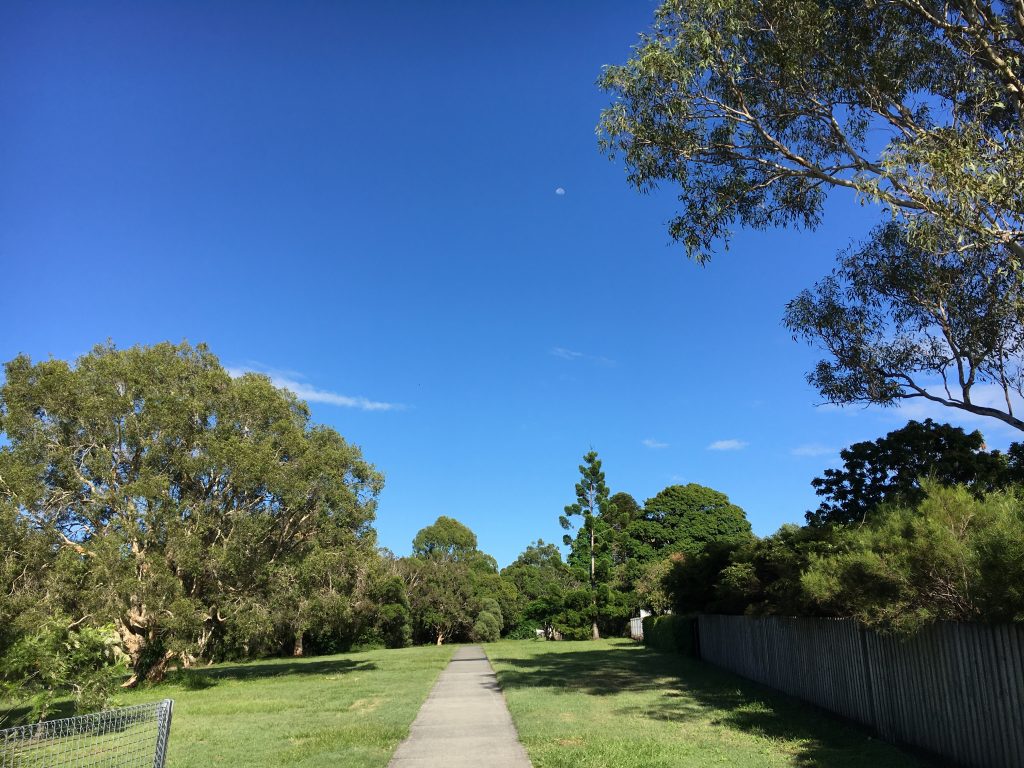Foundational Practices: Training and Purification
Meditation practice always begins with developing a good foundation. The foundational, or preliminary, practices of the Buddhist path, often referred to as ngondro, are the means of both training and purifying one’s mindstream.
These practices are also the means of bringing the heart of the meditation experience into one’s own being. Therefore, they are considered to be profound and important, since without them the main practice will have little meaning, just as a building without a solid foundation will be unstable and of little value.
The four common preliminary practices consist of the four reminders. These are the reflections on:
(1) Precious human birth
(2) Impermanence
(3) Karma
(4) Shortcomings of samsara
These are reflections that turn our minds away from our attachment to samsaric existence, and towards the practice of dharma. Unless we generate a proper experience of the four reminders, it will be difficult for us to connect with any other experiences on the path.
The four reminders are followed by the four uncommon preliminaries. These are:
(1) Refuge and Bodhichitta: These purify the coarse level of negative karma of the body.
(2) Vajrasattva Practice: Vajrasattva mantra recitation purifies the karma of speech.
(3) Mandala Offering: Mandala practice is the basis of acquiring the two accumulations of merit and wisdom.
(4) Guru Yoga: Guru yoga practice invokes the blessings of the lineage.
Taking Refuge and Generating Bodhichitta
The first of the four uncommon preliminaries begins with taking refuge and generating bodhichitta, the enlightened attitude or “awakened heart” that genuinely desires to free all living beings from their suffering and lead them to the state of buddhahood.
In the general Buddhist path, there is the threefold refuge of Buddha, Dharma and Sangha, known as the Three Jewels.
In the Vajrayana path, one practices a sixfold refuge. One goes for refuge to the Three Jewels and the Three Roots:
(1) The root of blessings is the guru mandala.
(2) The root of accomplishments is the yidam or deity mandala.
(3) The root of activities is the dakini mandala, which includes dakas, dakinis, and dharmapalas, or protectors.
When we take the sixfold refuge, we are actually entering into the path of the buddhadharma in general and Vajrayana in particular.
The six roots are the primary figures displayed in paintings of the “refuge tree,” which symbolically represents the qualities of enlightenment – the wisdom, loving-kindness, compassion and activity of teaching the dharma that will bring all beings to the state of liberation.
Vajrasattva Practice
The second uncommon preliminary is the profound practice of Vajrasattva. In order for our path to proceed smoothly toward realization, it is essential to purify our negativities and obscurations, which are obstacles to our practice.
Vajrasattva is the first and foremost of all practices for training and purifying one’s mindstream. It is known as the king of purification practices.
Purification is the process of both exposing the shortcomings or defilements of mind and uncovering its true nature – the clear, transparent and inherent wisdom of our mind.
Mandala Offering
The third uncommon preliminary is the mandala offering. After purifying our negativities, we have to let go of our ego-clinging – our basic attachment and clinging toward the whole universe and its contents, which exist all around us.
Therefore, in this practice, we visualize the entire universe and fill it with offerings to the objects of refuge; thus, the mandala offering is the practice of letting go.
Since our intention in making these offerings is the accomplishment of enlightenment for the benefit of limitless beings of different capacities, this is the practice that accomplishes the two accumulations: the accumulation of merit and the accumulation of wisdom.
Without these accumulations it would be impossible for us to achieve any state of realization, any glimpse of the nature of mind.
Guru Yoga
The fourth uncommon preliminary is guru yoga, which is a method for increasing and enhancing our devotion and our respect.
Why is this necessary? In the Vajrayana tradition, the key to our realization is found through the blessings of our gurus, our lineage forefathers, and through primordial wisdom itself. This transmission is not possible without opening ourselves fully to our lineage gurus.
Opening to the lineage blessings and transmissions is catalyzed by the practice of guru yoga.
These are the traditional foundational practices. Other purification practices include the recitation of liturgies such as the Heart Sutra, and the practices of Medicine Buddha.
Source: Ponlop, Dzogchen. Mind Beyond Death. Shambhala Publications. Kindle Edition.

The foundational, or preliminary, practices of the Buddhist path, often referred to as ngondro, are the means of both training and purifying one’s mindstream.
(Dzogchen Ponlop)
